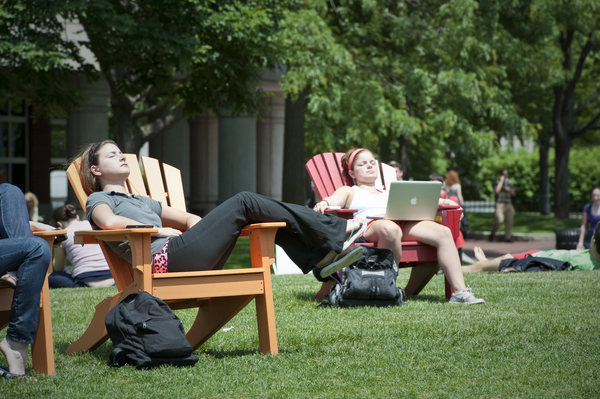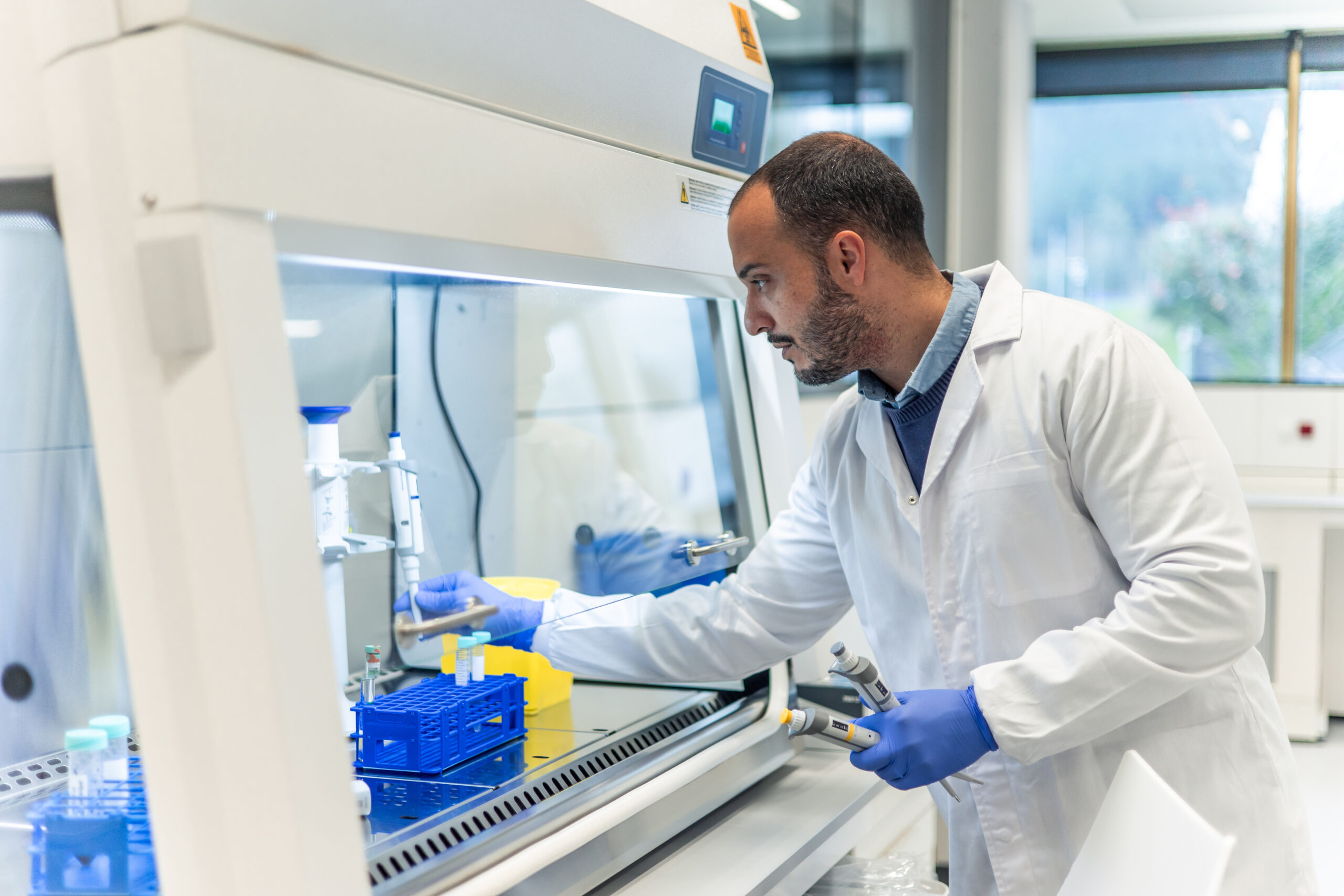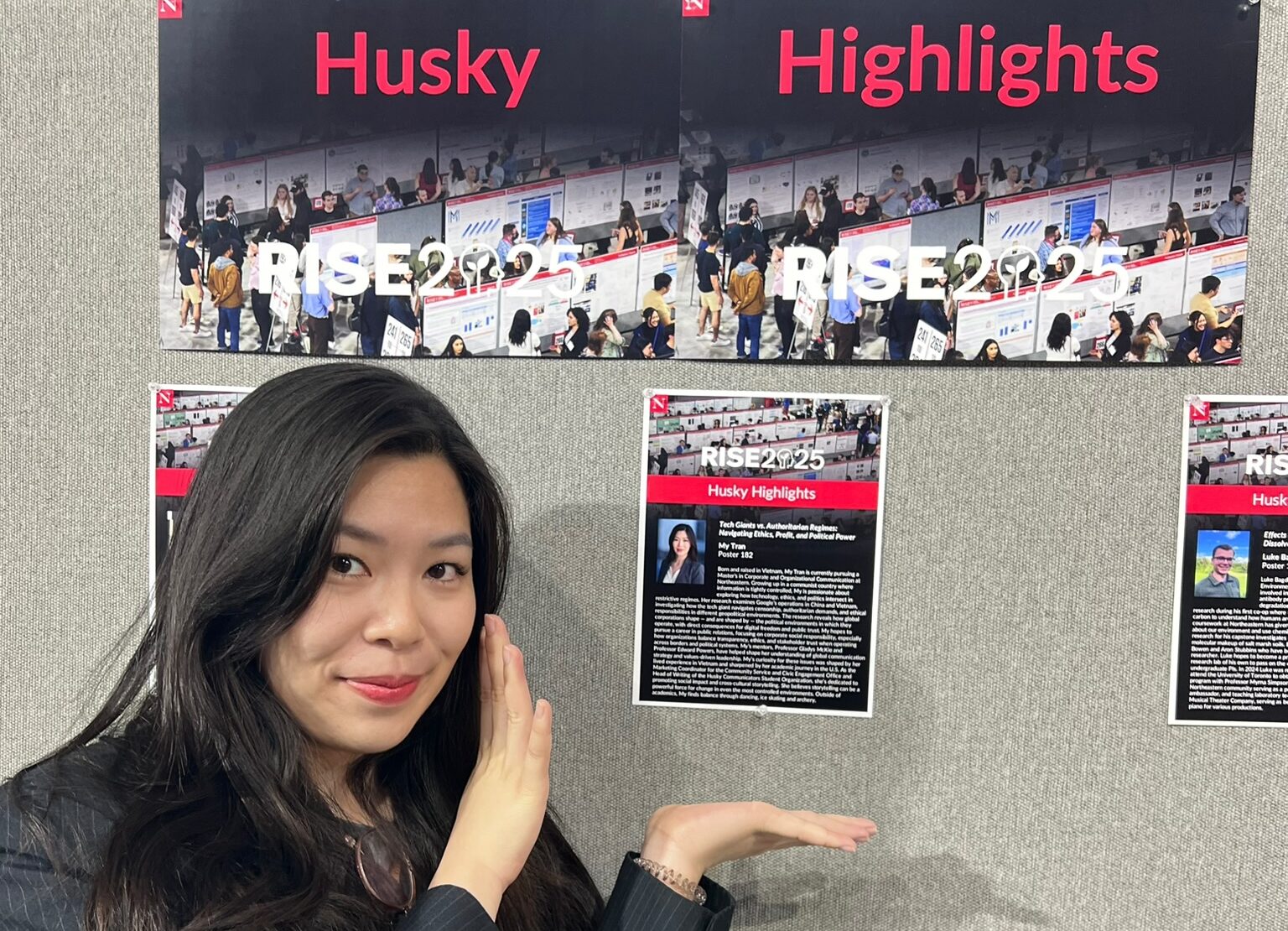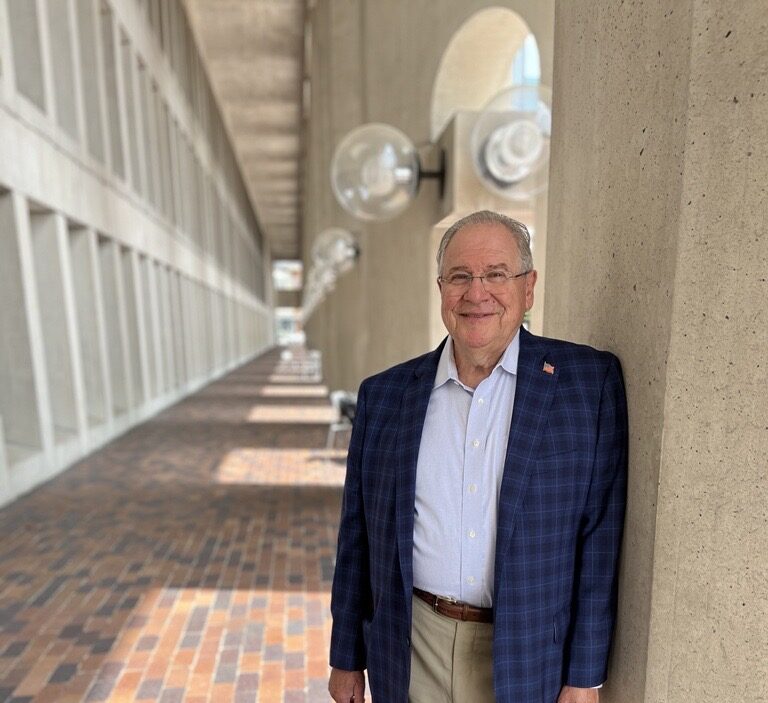Northeastern pushing forward on new campus space plan
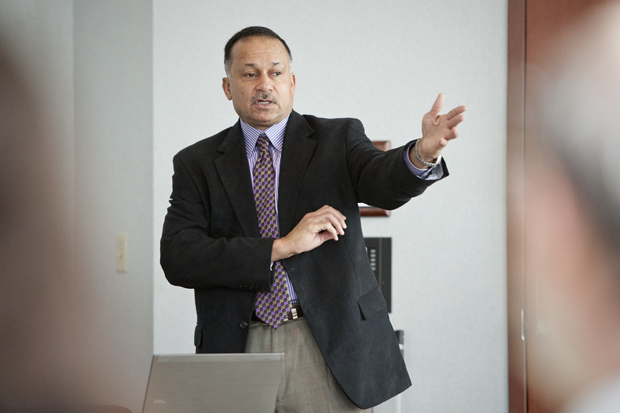
Senior Vice President and General Counsel Ralph Martin discusses the Master Plan process with the Faculty Senate on Wednesday. Photo by Mary Knox Merrill.
Just as the most recent phase of development at Northeastern — spanning the past 10 or 15 years — focused largely on residence halls and student life, the next phase will focus largely on growing needs for new and renovated academic spaces on campus. The plan also focuses on matters such as housing and enhancing the student experience.
By the end of 2012, Northeastern plans to submit to the city of Boston its Institutional Master Plan that outlines its broad plans for development over the next decade, a process that involves talks with the Northeastern community and surrounding neighborhoods, said Ralph Martin, senior vice president and general counsel, at Wednesday’s Faculty Senate meeting. Martin is leading the university’s Master Plan effort.
Since the Master Plan process started last year, students, faculty and administrators have helped shape areas of focus. Those include the idea of a “classroom of tomorrow,” improvements for using campus space and how to take advantage of “campus spines” like Huntington and Columbus avenues, which tie Northeastern to Boston at large, said Patrick Tedesco, a principal at Chan Krieger NBBJ, a firm contracted to assist with the planning process.
The Master Plan will take a broad look at how Northeastern’s infrastructure can help achieve over-arching goals, including excellence in the university’s research themes of sustainability, health and security.
“We’re not just looking at buildings and grounds, but how best we can use them to achieve the university’s aspirations,” Tedesco said.
One idea under consideration is to group academic disciplines together; Tedesco showed a hypothetical configuration creating a science quad east of the Curry Student Center and an engineering quad clustered around Snell Engineering.
Another challenge would be to better connect the sections of campus located on the opposite side of the MBTA’s Orange Line, which are currently linked by a few overpasses and Ruggles Station.
Despite Northeastern’s limited options for further expansion, one option the Master Plan will likely explore is vertical space. “We should consider whether the two- and three-story buildings on campus are the best utilization of land,” Tedesco said.
The Master Plan process will continue through December, with Northeastern officials currently looking for input on “broad thoughts on how to capture opportunities for the future,” said Senate Agenda Committee chair Louis Kruger, an associate professor of counseling and applied psychology.
Ideas or suggestions for the Master Plan can be submitted via email to [email protected].
